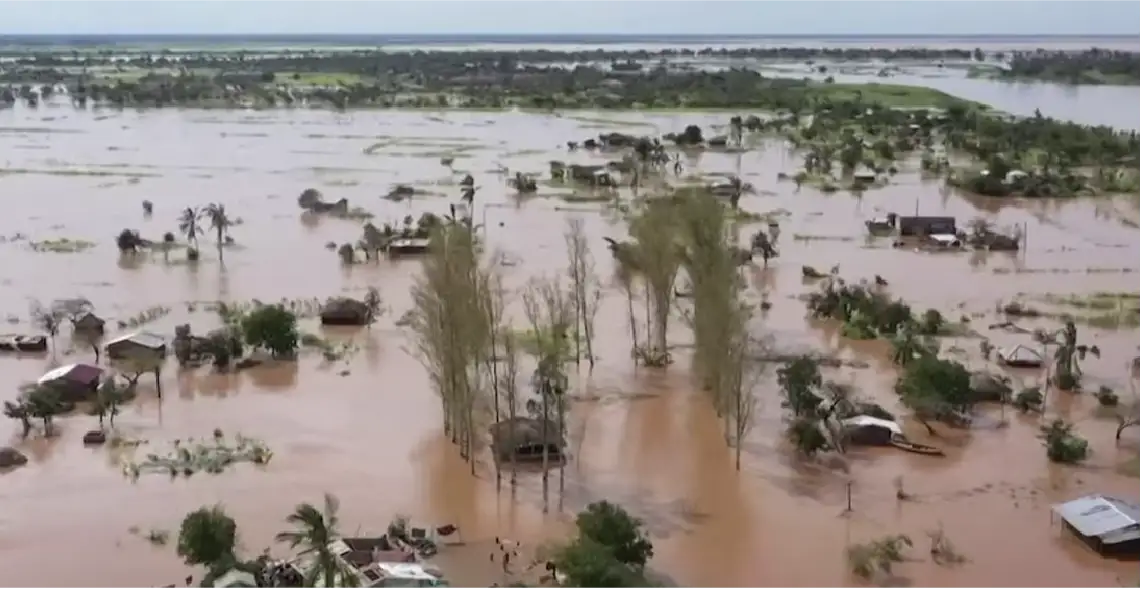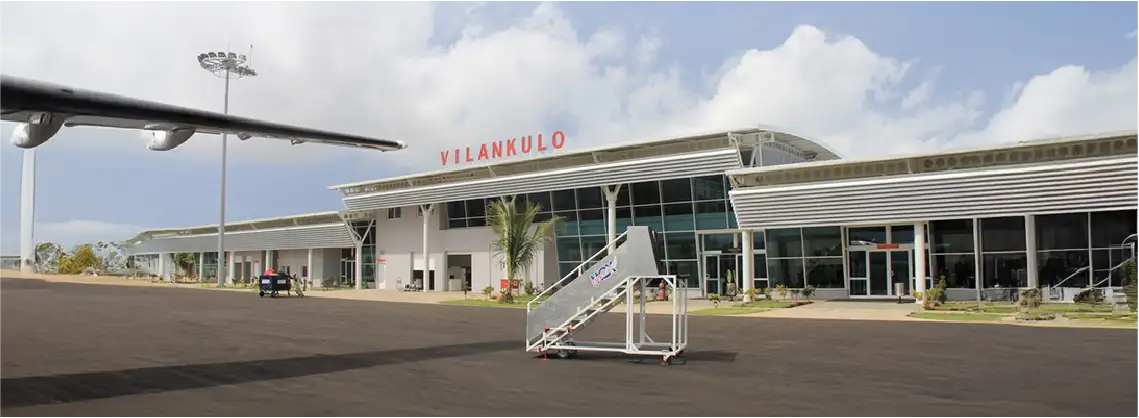
Vilankulo, Mozambique: A Storm-Battered Seaside Paradise Clings On
Introductory note
Vilankulo is a coastal town in south-central Mozambique located in the district of Vilankulos. The town was known as Vilankulos in colonial times, but the name was changed to Vilankulo at the time of independence from Portugal in 1975.
A recent news report
15 March 2024 report by Club of Mozambique: “Cyclone Filipo has brought destruction of the social and economic fabric in the province of Inhambane in general, and in the district and city of Vilankulo in particular. President of Vilankulo Tourism Association Yassin Amuji told ‘Carta’ that 15 tourist resorts had been completely destroyed and 135 partially so.”
A business mission to Vilankulo
I visited Vilankulo, on the coast of south-central Mozambique in early 2009. The objective was to identify sales opportunities for a South African supplier of specialised glass for hotels, resorts and luxury beach homes. The town of Vilankulo and the district of Vilankulos was a logical target area for my client, given the numerous tourist establishments in the area.
Vilankulo is a favoured holiday destination for sun seekers from many countries but especially South Africa. The town is a short distance from a bay of white beaches, restaurants and bars. Seafood is the obvious gastronomic speciality. During the high season (from the second week of December to the second week of January), some 100 000 tourists flock to Inhambane Province and its Vilankulos district.

The constant threat of cyclones
Mozambique lies directly in the cyclone belt. Tropical cyclones occur with alarming regularity in the southern Indian Ocean. They develop in the summer warm season when solar radiation levels along the warm Mozambique sea channel are high and atmospheric disturbances occur on the edges of low-pressure areas. Mozambique has a long coast line of 2 700 kilometres, and much of its territory is comprised of coastal flood plain. The country is therefore highly sensitive to tropical cyclones and storm surge-flooding. The damage, injuries and fatalities are exacerbated by the relatively high population of mainly poorer people living and working in the coastal belt. The many tourism establishments there must also contend with these storm onslaughts.

A first-hand view and experience of Cyclone ‘Jokwe’ damage
In March 2008, tropical cyclone ‘Jokwe’ struck the coasts of central and northern Mozambique with torrential rains and winds gusting up to 170 kilometres per hour.
Just under a year later, I was walking through the steamy, slightly dilapidated streets of Vilankulo, and witnessed the damage. The rubble and torn vegetation had long been removed from the streets, but many of the roofs of the larger buildings still required repair. Iron roof frames remained twisted and buckled by the force of the winds. Some walls had collapsed and were reduced to piles of bricks and mortar. My visit facilitator, a South African expatriate, described one incident: “There were about forty workers looking for refuge in our house. Then suddenly, the door was blown open and the roof fell in. It kind of just exploded. Thank goodness nobody was injured.”
The number of destructive cyclones has increased over recent years: Jasmine in April 2022, Freddy in February and March 2023, and Filipo in March 2024.

The damage caused by Cyclone Filipo
The following are extracts from reports I received from Vilankulo-based business owners and representatives following Cyclone Filipo which struck the area a few months ago:
“The cyclone left significant damage in its wake with a lack of resources available to the local government hindering efforts to rebuild key areas. A substantial portion of the beachfront was washed away limiting road access.”
“The lodge on nearby Bazaruto Island has been closed for three months while the roofs are being redone.”
“The local fishermen were among the hardest hit, with many families losing their livelihoods due to the destruction of their dhows. We faced a week-long power outage.”
The resilience of the inhabitants
“The spirit of our community shone through as clean-up operations commenced just a few hours after the wind died down. The people of Vilankulo have shown remarkable resilience, going about their business with smiles and a shrug of shoulders embodying the sentiment, ‘What else can we do but move forward?’”
The local population is accustomed to weather vagaries. They do not wait for outside assistance, which may take too long to arrive. They assess the damage, and within days of the storms, women and men busy themselves repairing access roads, rebuilding causeways, and reconstructing their thatch roof dwellings. Public buildings, shops and factories are soon repaired. The staff at the hotels and resorts rush to fix and replace damaged areas so that they can re-open as quickly as possible for the expected tourist arrivals.
An improved town
Vilankulo town has undergone considerable improvement since 2009. A large Spar supermarket has opened, supplying a wide range of foodstuffs, though the local population remains largely dependent upon the traditional municipal market for their basic food requirements, and a long-established store supplying most building material requirements. New clinics, including a modern private facility, have sprung up. The airport has been revamped and although still small, can now better handle the tourist influx.

Improved logistics too
The importance of Maputo as a supply point has grown as the port there develops. The road from the capital to the Vilankulos district is still functional though the high volumes of trucks are causing some deterioration. Transport from Maputo is US dollar-based and therefore relatively expensive. Mbombela (formerly Nelspruit) near the South African border still benefits substantially from supplying a wide range of goods (especially building materials) to Mozambique. More smaller trucking companies now undertake weekly road consignments of 6-8 tons between Vilankulos and Maputo and Mbombela.

The thriving tourism business
Despite the weather calamities, business in Vilankulo is growing. The tourists are arriving in increased numbers in the ‘hidden gem of Mozambique’. They are attracted not only by what the Vilankulos area has to offer, but also the easy access to the famed Bazaruto archipelago that lies just some 25 kilometres offshore.
As one regular visitor assured me, “The storms come every now and then, but this is still paradise.”


